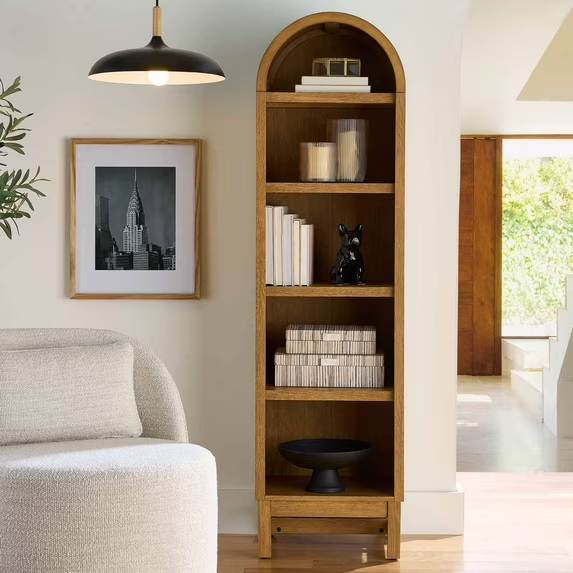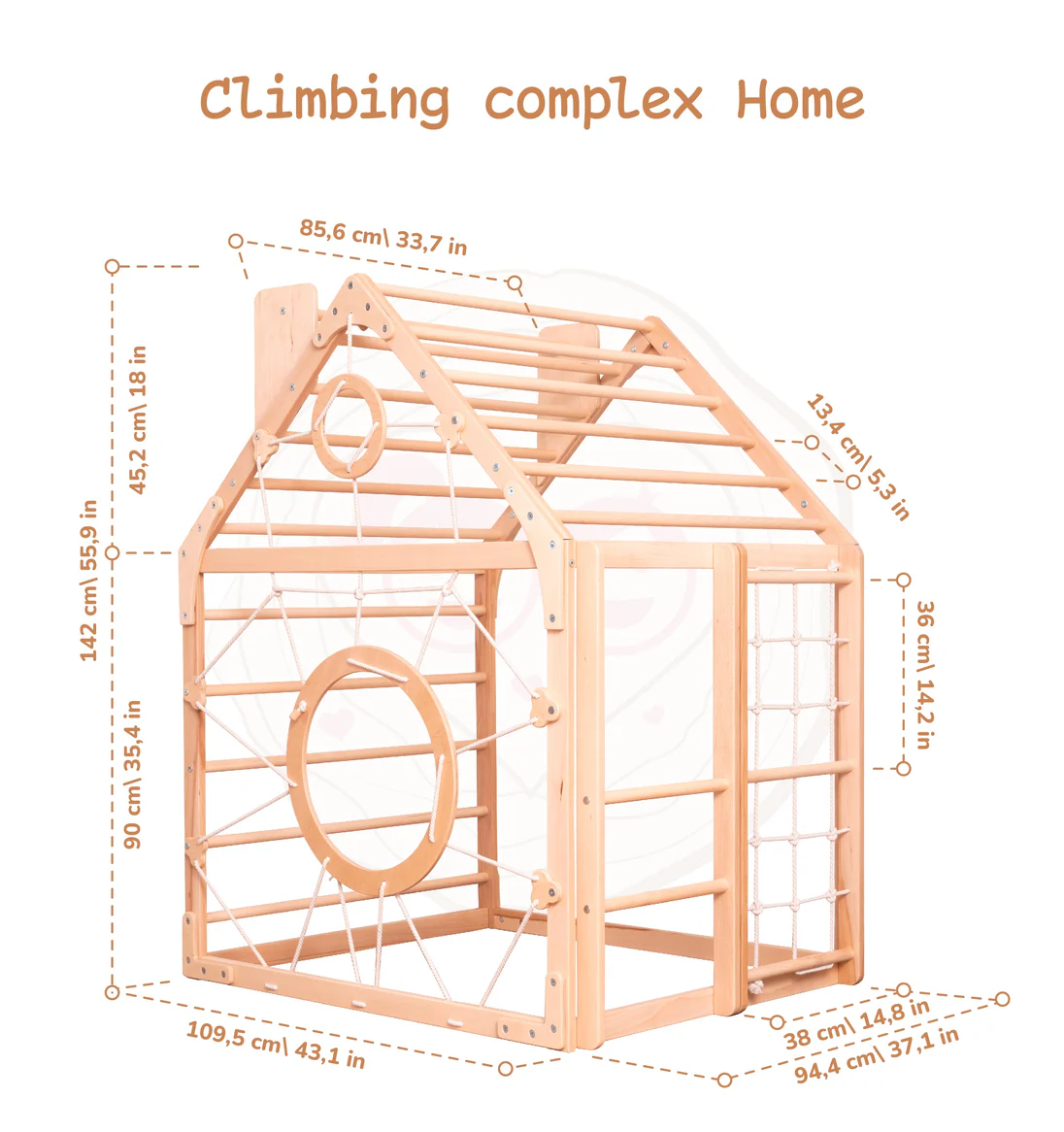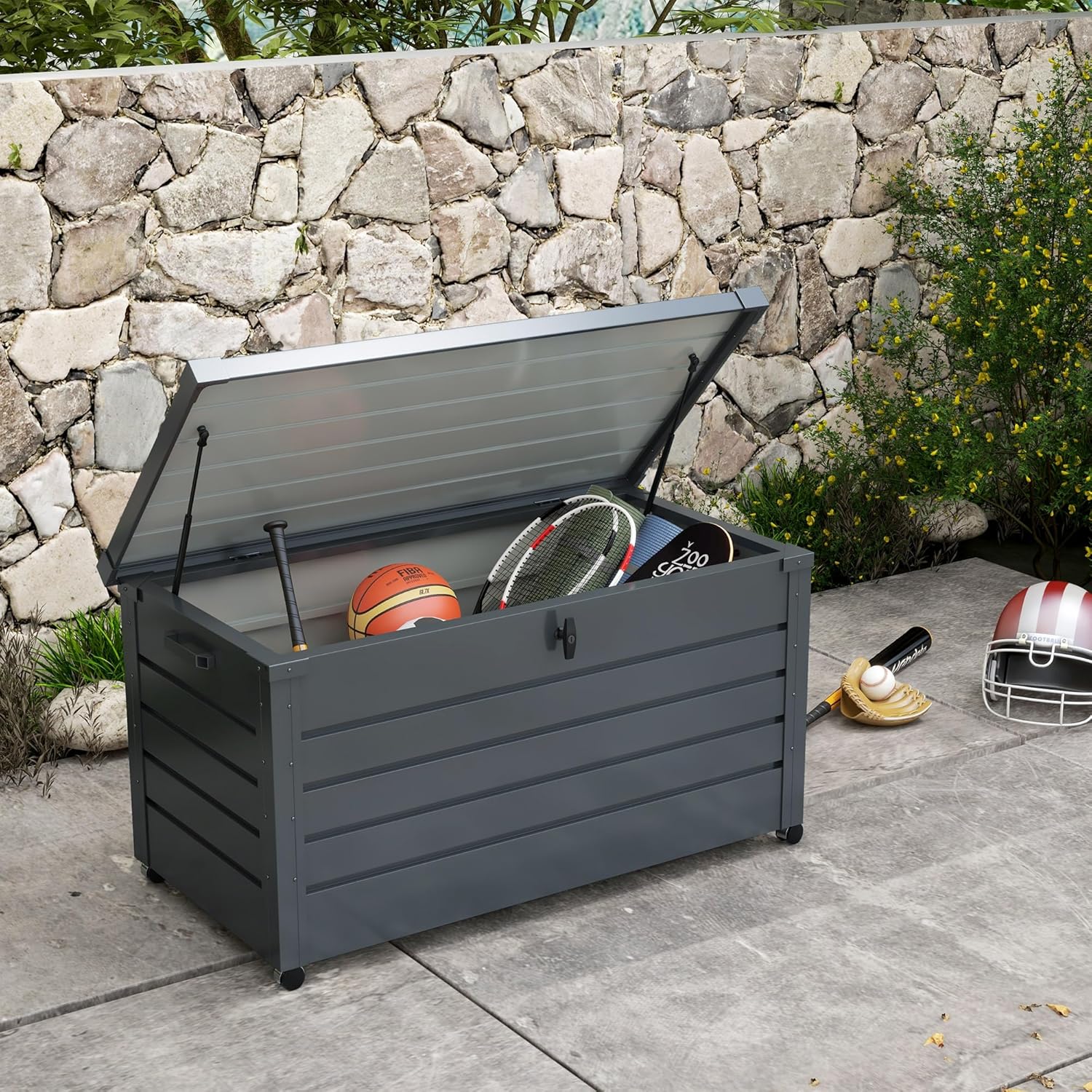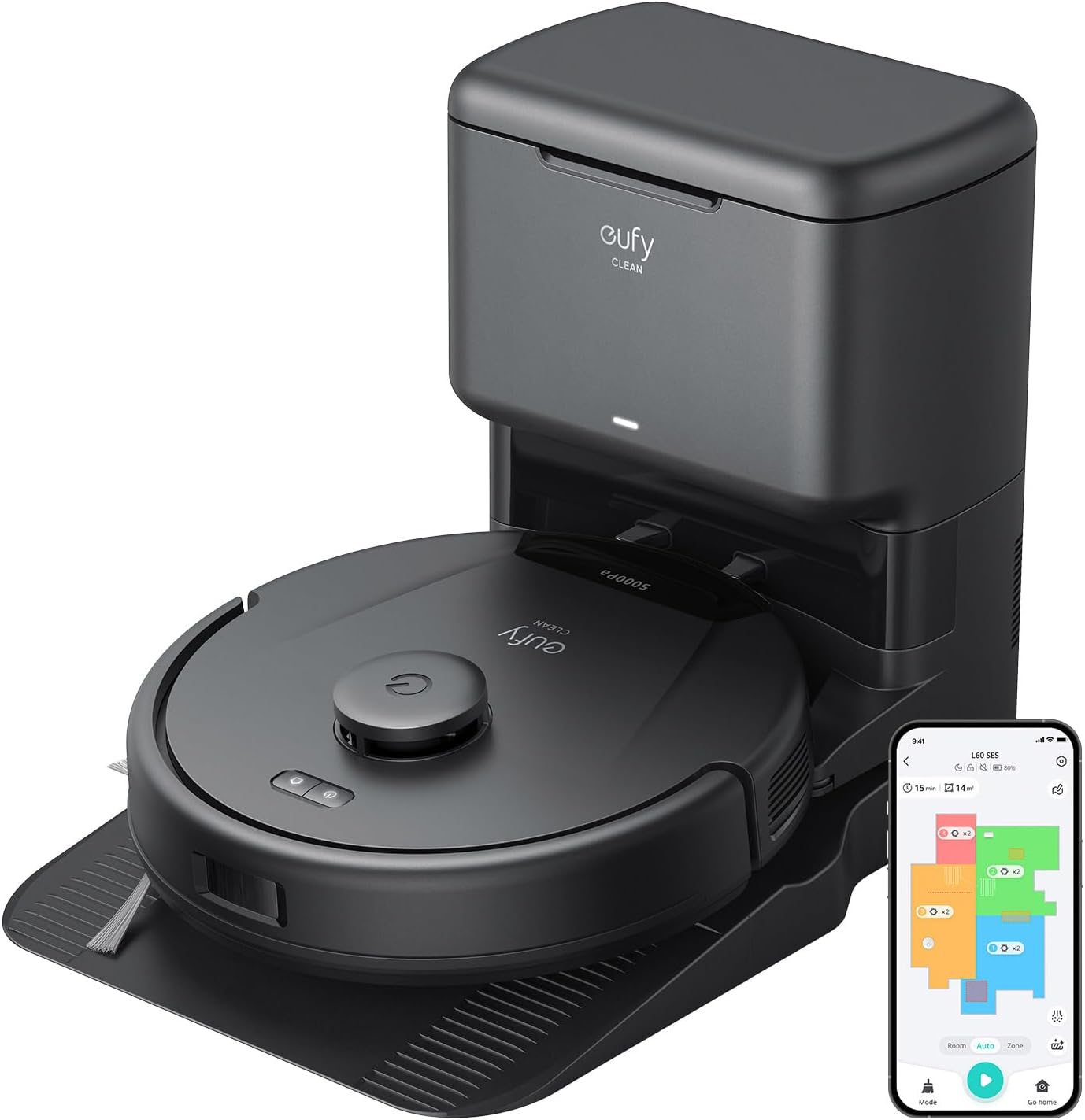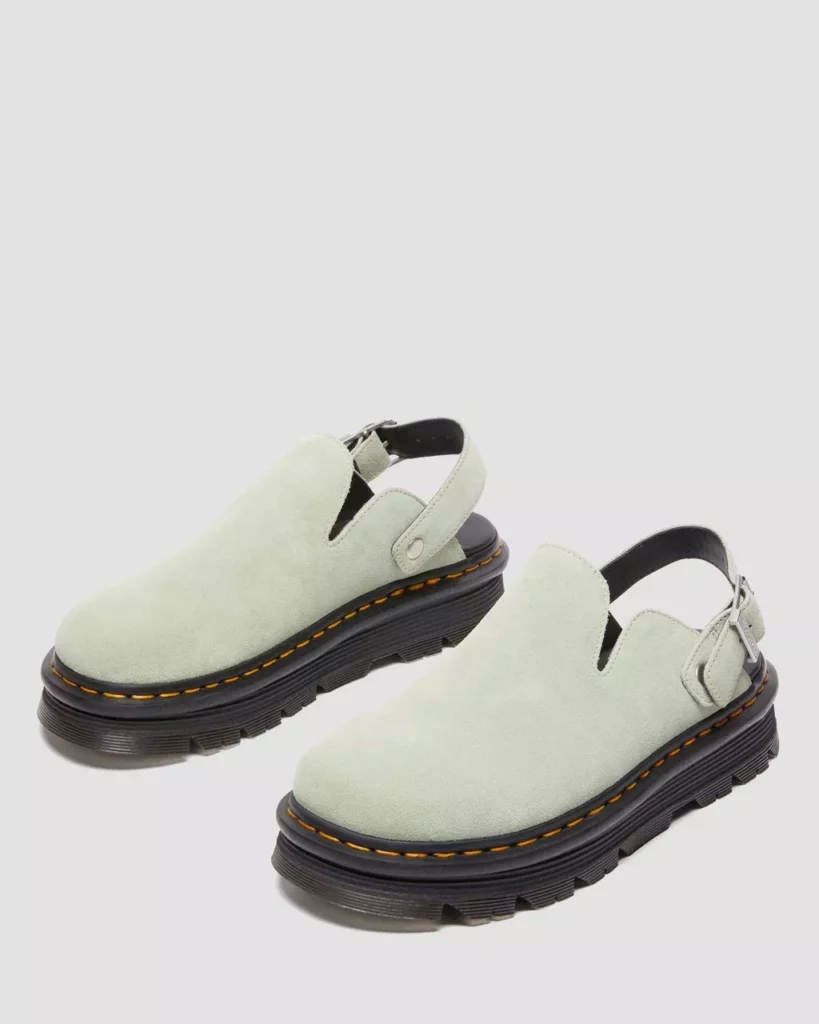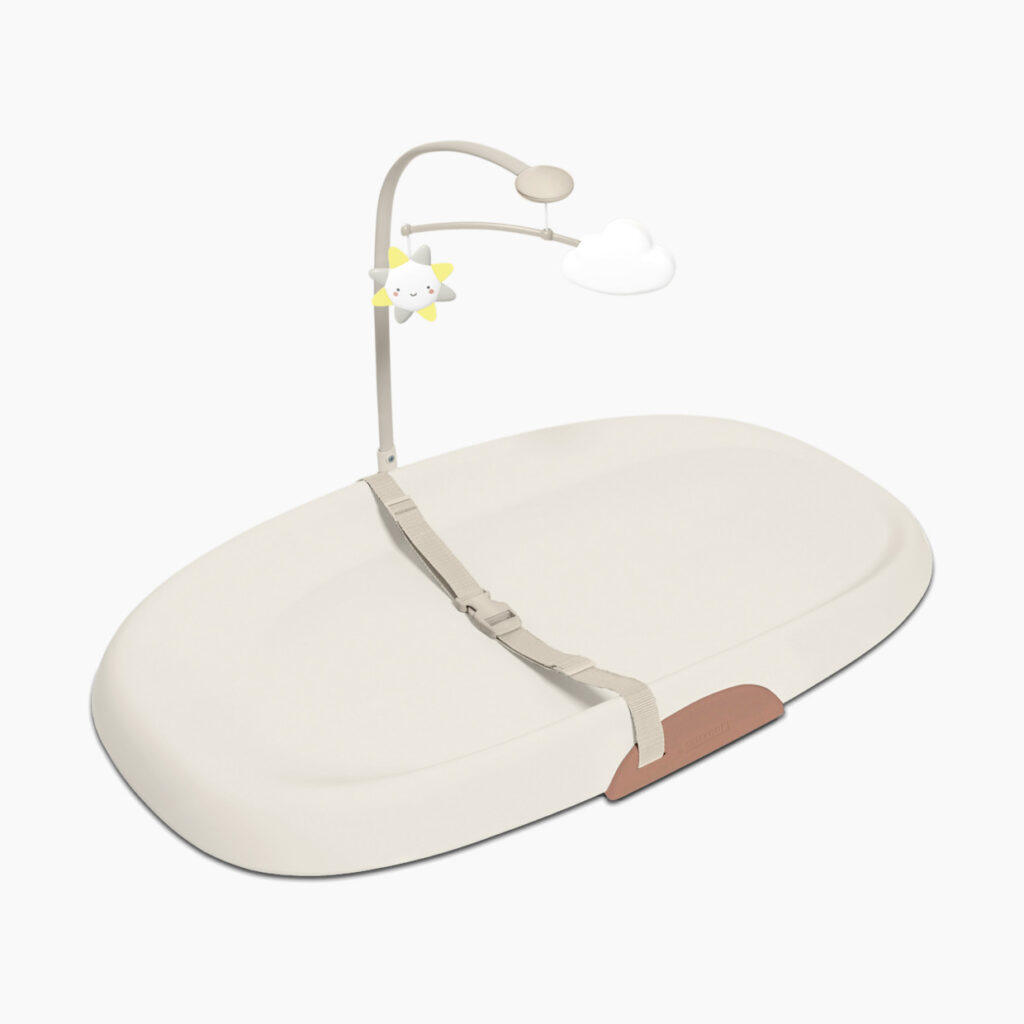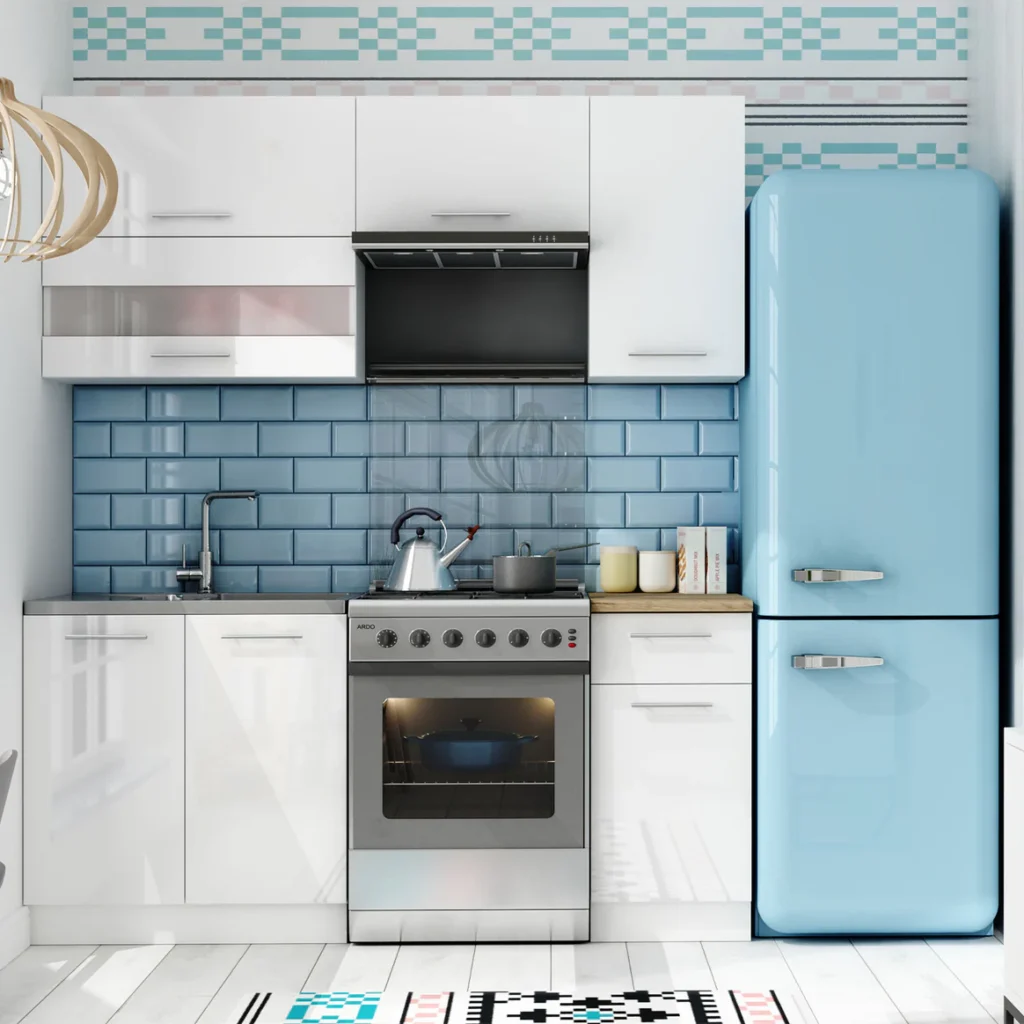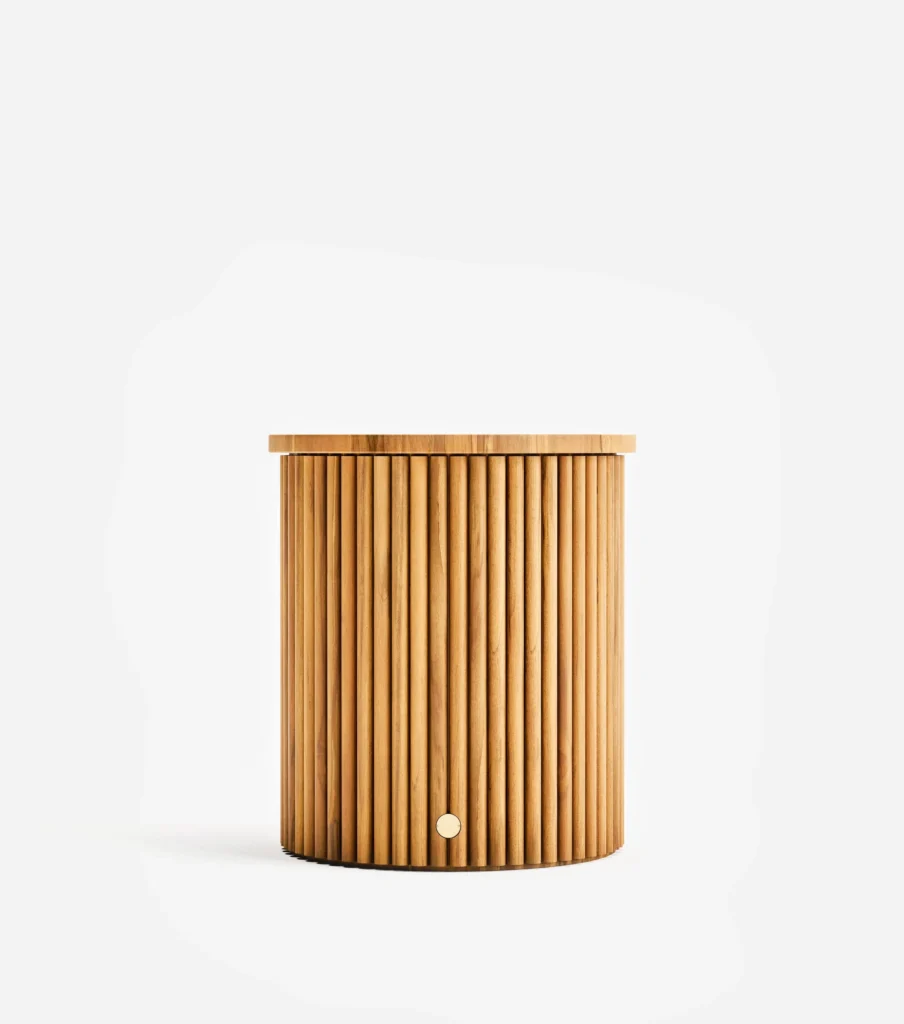Some pieces whisper order the moment they arrive. The Better Homes & Gardens Juliet Narrow Arch Bookcase does that with a single curve: an arched frame that makes ceilings feel higher and corners feel intentional, even when square footage says otherwise. It’s slim without looking skimpy, elegant without stealing attention, and versatile enough to migrate from living room to bedroom to entryway as your life rearranges itself. If your home is craving both storage and serenity, this is the kind of vertical line that tidies the eye and the day.
Think of the arch as your built-in styling coach. Curves relax rigid rooms; they break up the grid of doors, windows, and screens that dominate most apartments. The narrow footprint slots into places that traditional bookcases can’t—between a window and a sofa arm, in an entry where a console would clog the flow, or as a quiet anchor for a reading corner that’s been feeling more “pile” than “place.” And because the shelves present as calm planes rather than cubbies, whatever you put on them reads curated, not crowded.
Shop the Juliet Narrow Arch Bookcase
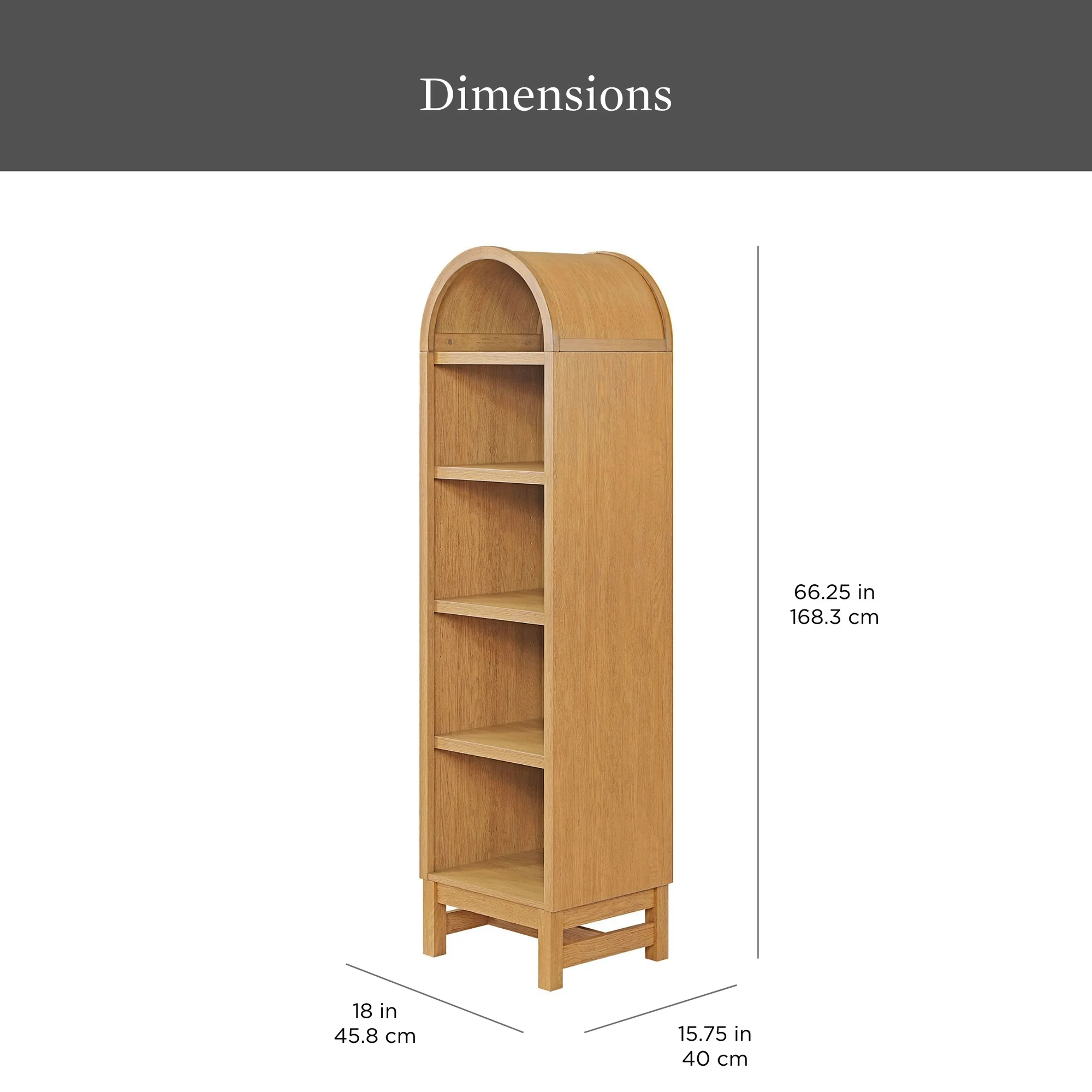
Where It Belongs (Spoiler: Almost Anywhere)
In a living room, the Juliet behaves like punctuation. Park it to one side of a sofa, and the arch softens all the rectangles—TV, frames, coffee table—while the vertical line lifts the whole vignette. In a bedroom, it’s a taller, airier nightstand alternative: novels on the lower tiers, a soft-glow lamp midway up, and a ceramic catchall at hand height. For an entryway, the narrow span keeps the path clear but still corrals keys, sunglasses, and mail into a place you can find again. If you’ve been working from home at the dining table, roll a chair to the bookcase and it becomes a zoom-backdrop that says “composed” even when your to-do list says otherwise.
What turns these placements from “fine” to “that looks designed” is spacing. Give the shelf a breath—10–15 cm from adjacent furniture when possible—so the arch’s silhouette reads cleanly. If you’re flanking something (a fireplace, a TV), consider pairing a single Juliet with a plant of similar height on the other side; one curve + one organic shape keeps symmetry from feeling stiff.
Quick placement plays
- Living room: left of the sofa + dome lamp = soft triangle that photographs beautifully.
- Bedroom: opposite the window to catch natural light on ceramics and glass.
- Entry: just beyond the door swing; top shelf for a tray, lowest shelf for a basket of scarves or umbrellas.
Style, Don’t Stuff: A Five-Shelf Formula You Can Repeat
You don’t need a stylist’s warehouse to make shelves sing. You need a rhythm.
- Grounding layer: Start with books or heavier objects on the lowest shelf; weight at the base makes the whole piece feel serene.
- Tall anchor: On the second shelf, add one taller item (a vase, a sculptural branch) off-center to echo the arch.
- Horizontal rest: Use the middle shelf for a low, wide element—a stacked book trio with a small object on top—so the eye gets a place to land.
- Texture moment: Fourth shelf gets something tactile: a basket, linen-covered box, or ribbed ceramic.
- Air + light: Reserve the top for the simplest composition—one object with negative space around it, or a small lamp that makes evening light feel intentional.
Pro tip: repeat a color or material three times across the case (e.g., pale wood, warm brass, cream). Repetition reads as harmony, not matchy-matchy.
Shelf styling starter kit
- A stack of 5–7 books you actually open
- One sculptural vase or vessel
- A lidded box for “ugly but necessary” bits
- A small lamp or candle (battery-operated if needed)
- One plant or branch for movement
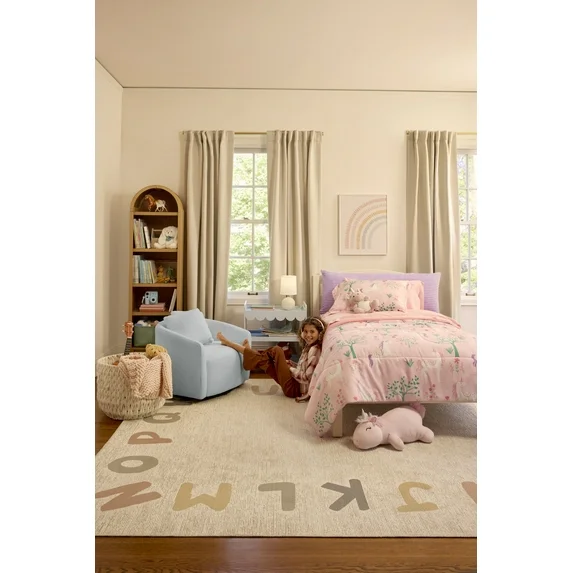
Color & Material Chemistry
The Juliet’s light-honey tone (and similarly warm finishes) play beautifully with whites, creams, and earthy neutrals. If your palette leans cool—charcoal rugs, slate sofas—bridge the temperature gap with natural textures: linen, rattan, travertine, unglazed ceramics. For color lovers, treat the bookcase as a quiet frame and let one hue thread through: three teal touchpoints (a spine, a bowl, a tiny framed print) pull a room together faster than repainting a wall.
When styling glass or reflective pieces, place them where they can borrow light—middle or upper shelves opposite a window—so they sparkle by day and glow by night. Mix sheens (matte books, glossy glaze, soft fabric) to keep the vignette dimensional. The arch loves contrast; a single graphic object against subdued spines reads museum-calm.
Shop the Juliet Narrow Arch Bookcase
Make It Useful (Without Showing the Chaos)
The difference between “styled” and “staged” is whether it helps daily life. Use one shelf as a stealth command center. A lidded box hides cables and spare remotes; a tray corrals glasses, sunscreen, or dog-walk gear by the door; a woven basket swallows winter accessories without becoming a visual knot. If you share the space, label the inside of boxes instead of the outside; the exterior stays pretty, the interior stays practical.
Micro-habits that keep it beautiful
- Return stray items to their box before you turn off the lamp at night.
- Follow a one-in, one-out rule for décor so shelves don’t creep toward clutter.
- Do a 60-second dust sweep on Sundays; books love a soft brush across their tops.
Pairing With Art & Lighting
Shelves glow under the right light. A small dome or mushroom lamp on the third or fourth tier adds warmth and depth without glare. If outlets are scarce, rechargeable lamps or puck lights (discreetly placed) create the same mood. For art, don’t over-crowd; one petite frame leaning on a middle shelf feels intimate, especially if it echoes a color in the room. Above or beside the bookcase, a single print hung with generous negative space keeps the arch from competing with rectangular frames.
Do / Don’t
- Do vary heights on neighboring shelves so the arch feels lively.
- Do leave breathing room around your favorite piece.
- Don’t line up objects like soldiers; tiny asymmetries feel human.
- Don’t fill every inch—negative space is luxurious.
In Small Spaces, Think Vertical Stories
Apartments live and die by their sightlines. The Juliet gives you a way to stage “vertical stories” that lead the eye upward. Try a bottom shelf of woven texture, a middle shelf of matte ceramics, and a top shelf with a single leafy stem—three simple gestures, one rising rhythm. Mirroring that rise in a nearby floor lamp or drapery rod multiplies the effect. If your ceiling is low, hang curtains close to the ceiling rather than the window frame; the arch will echo that height and the room will feel unexpectedly tall.
Two compact layouts that always work
- Reading corner: low lounge chair + slim floor lamp + Juliet within reach = a triangle that invites you to sit.
- TV wall glow-up: media console + Juliet at one end + plant at the other. The curve balances the screen; storage balances the cables.
Bedrooms & Kids’ Rooms: Soft Utility
In a bedroom, the Juliet doubles as a wardrobe extension: baskets for scarves and belts below, a tray for jewelry and a scent on the middle shelf, and current reads within arm’s reach. In kids’ spaces, the arch reads playful while the narrow span protects floor for play. Use color-blocked bins so clean-up is a visual game: “blue bin for blocks, tan for animals.” Keep the top shelf for décor or a small lamp to minimize temptation for little climbers.
Kid-friendly tweaks
- Fabric bins with handles (quiet, soft, easy to carry)
- Board books spined outward for color sorting
- One “display toy” rule so favorite treasures shine and rotate
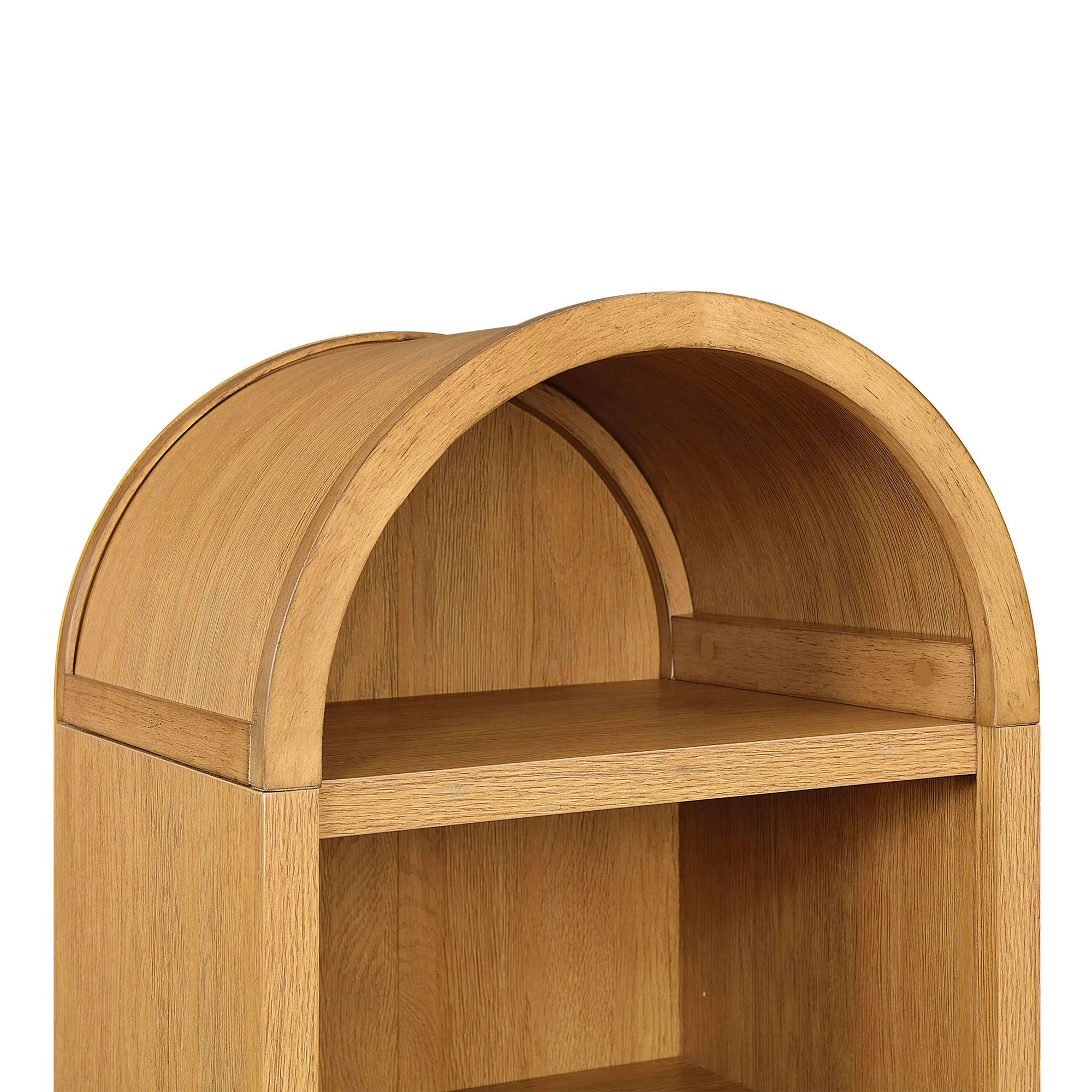
Entryway Magic: From Scatter to System
Keys, mail, masks, sunglasses—entry clutter happens fast. The Juliet narrows the problem to one vertical column. Top shelf: a shallow tray for keys and cards. Middle shelf: a bowl for sunglasses and a small vase for a weekly stem (yes, you deserve flowers). Lower shelves: lidded boxes for seasonal accessories. A small mirror hung adjacent completes the grab-and-go ritual; you’ll stop asking “where did I put—” by week two.
Entry essentials checklist
- Tray for keys/cards
- Small dish for coins and lip balm
- Lidded box for mail to process
- Basket for scarves/gloves or pet gear
- Hook or peg nearby for tote rotation
Care & Longevity (Because Re-Wear Is the Real Luxury)
Shelves age well when touched lightly but regularly. Dust tops and spines weekly; rotate sun-sensitive items seasonally so colors age evenly; and keep water on trays, not directly on shelves, when using fresh stems. If you move the bookcase, lift—don’t drag—to preserve the feet and your floors. Most importantly, resist the urge to over-style. A calm shelf is easier to maintain than a maximal one, and the Juliet’s arch does more with less.
Anchor It, Always
Even narrow bookcases deserve stability. Position the Juliet on a level surface and secure it according to the manufacturer’s guidance if anchoring hardware is provided. Place heavier items low, and keep the most-reached pieces chest-to-eye height to minimize wobbly moments. Safety is part of style—rooms look better when everyone feels relaxed in them.
Conclusion
The Better Homes & Gardens Juliet Narrow Arch Bookcase is more than a storage solve; it’s a mood setter. It lifts tight corners, softens hard edges, and gives your favorite objects the quiet stage they deserve. Place it where your eye wants height, style it with a few repeating materials, and practice tiny habits that keep the calm intact. The arch will do the rest—guiding how light lands, how space flows, and how your home feels when you walk in the door.
Shop the Juliet Narrow Arch Bookcase
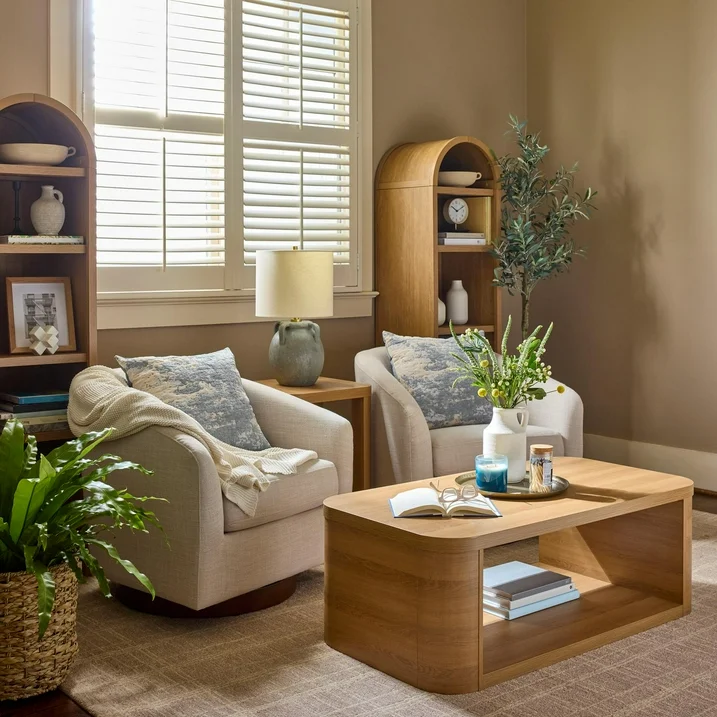
FAQ
- How do I keep a narrow bookcase from looking cluttered?
Use the five-shelf rhythm (weight low, air high), repeat materials three times, and leave negative space on the top tier. - What pairs nicely on the other side of a TV or fireplace?
A floor plant or slim lamp roughly matching the bookcase’s height balances the curve without doubling it. - Can I use it as a nightstand alternative?
Yes—lamp at mid-shelf, books below, catchall at hand height. The narrow span keeps walking paths clear. - How many books per shelf is ideal?
Enough to ground the vignette (usually a third to a half of the shelf width), leaving room for one object and air. - How do I add color without chaos?
Choose one hue and echo it three times across different shelves—spines, a bowl, a small framed print. - What about cable and tech clutter?
Hide chargers and remotes in a lidded box on a mid shelf; label inside, not outside, so the look stays clean. - Any lighting tips if I don’t have an outlet nearby?
Rechargeable lamps or discreet puck lights create warm glow without cords; place them mid-height for even bounce. - Is it entryway-friendly?
Absolutely. Top tray for keys, middle bowl for sunglasses, lower basket for scarves. A mirror nearby finishes the ritual. - How do I make it feel taller?
Leave extra headroom on the top shelf and hang art slightly above the arch to extend the line upward. - What’s the fastest weekly reset?
Dust, align stacks, return strays to their boxes, and refresh one stem or swap one object so the display feels alive, not static.

